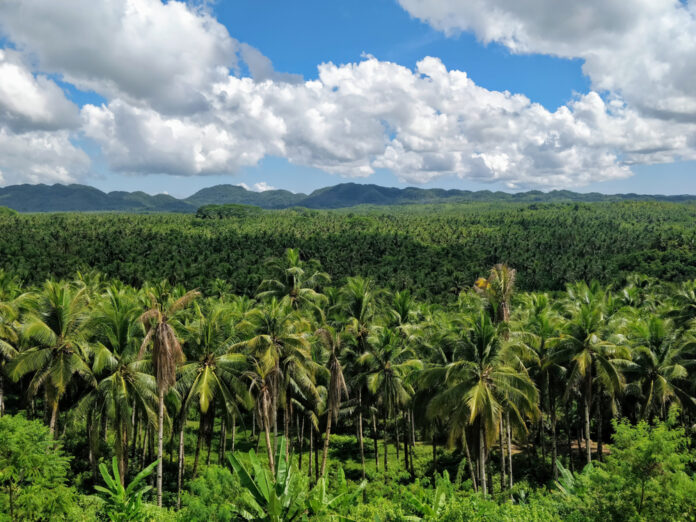The Philippines, under the directive of President Ferdinand Marcos Jr., is ramping up its nationwide coconut replanting program. The country, the Department of Agriculture said, currently trails Indonesia, having lost the distinction as top coconut producer nearly three decades ago.
The Philippine Coconut Authority (PCA), chaired by Agriculture Secretary Francisco P. Tiu Laurel Jr., has set an ambitious new target: planting 50 million coconut trees in 2026 alone. This doubles the agency’s earlier goal and reflects a renewed determination to surpass global production levels.
“This is more than just about numbers—it’s about restoring the Philippines’ rightful place in the global coconut industry,” said the agri chief.
The intensified campaign is part of a broader five-year national replanting initiative launched in 2023, which aims to plant 100 million coconut trees by 2028. Progress is well underway: over 8.5 million trees have already been planted in 2024, with an additional 15 million set to be planted before the year ends.
The aggressive replanting strategy is designed to modernize aging coconut farms, improve productivity, and push the Philippines back to the top of the global coconut production rankings. With renewed government support and industry alignment, the country is looking to not only boost output but also secure long-term sustainability for millions of coconut farmers. “The initial target for next year was 25 million trees, but on the orders of President Marcos, we are doubling our efforts. Our new goal for 2026 is to plant 50 million new coconut trees,” said Secretary Tiu Laurel.
“The president has allocated additional funds for this, and we will involve coconut farming communities to fast-track the production of planting materials.” The revised PCA strategy significantly front-loads the replanting effort while also aiming to boost the productivity of the country’s 340 million coconut trees through the fertilization program. Many of these are aging or “senile,” yielding only 40 nuts annually or just a third of their optimal output. The replanting drive comes amid rising global demand for coconut oil, driven in part by the European Union’s decision to classify palm oil as environmentally unsustainable due to high indirect land-use change.
The EU plans to phase out palm oil imports by 2030 unless its land-use classification is revised, opening new opportunities for coconut-producing countries like the Philippines.
Meanwhile, global coconut oil prices are also rising due to lower copra output and surging demand for fresh coconuts as a healthful juice option. In 2024, Indonesia produced 17.13 million metric tons of coconuts, compared to the Philippines’ 14.77 million.
Much of the Philippines’ decline stems from the devastation of Typhoon Yolanda in 2013, which wiped out an estimated 10 million coconut trees. Reviving the sector is now both an economic and strategic imperative. With a P1.8 billion budget for the fertilization program approved by President Marcos for next year, the PCA aims to boost yields from existing trees to increase farmers’ income.
“The goal is to raise yields to at least 60 coconuts per tree annually through fertilization with agricultural grade salt (AGSF) while we wait for the new coconut trees to mature,” said Tiu Laurel.
Part of the budget for 2026 will be used to procure AGSF from local producers—a move aligned with a new law to revitalize the Philippine salt industry. The PCA will also distribute corn and coffee planting materials to coconut farmers for intercropping to help diversify and increase their income.
With global agriculture shifting toward sustainability, the Philippines is planting not just coconut trees, but the seeds of a long-awaited resurgence of the coconut industry.







